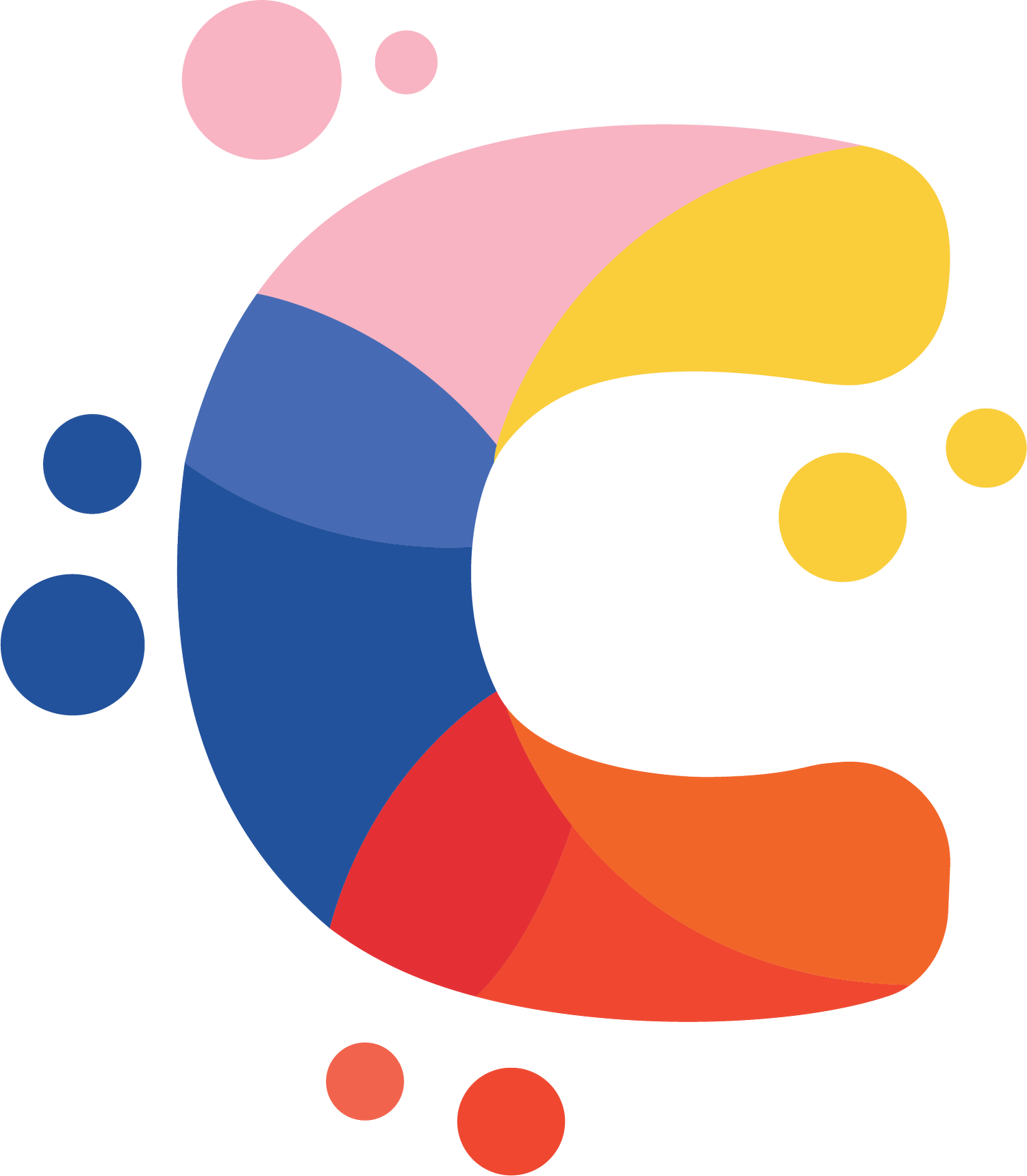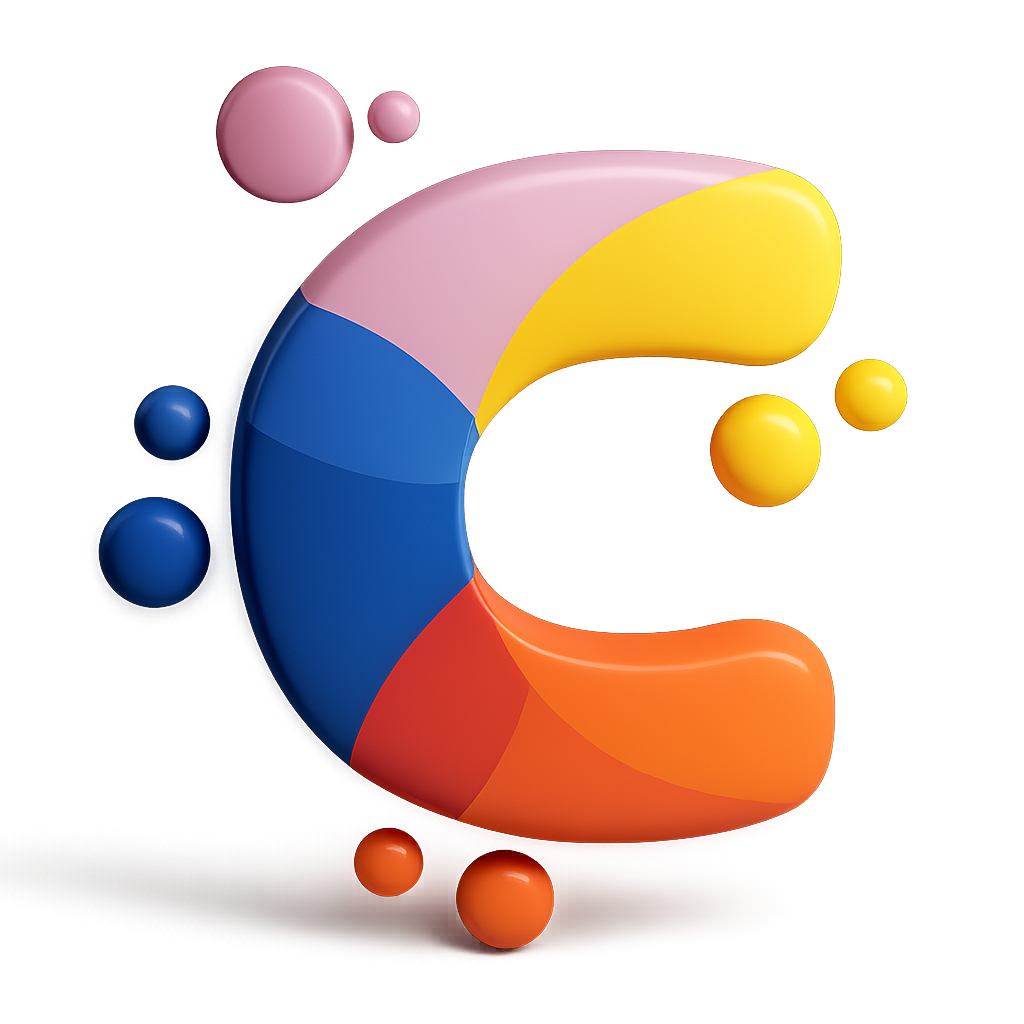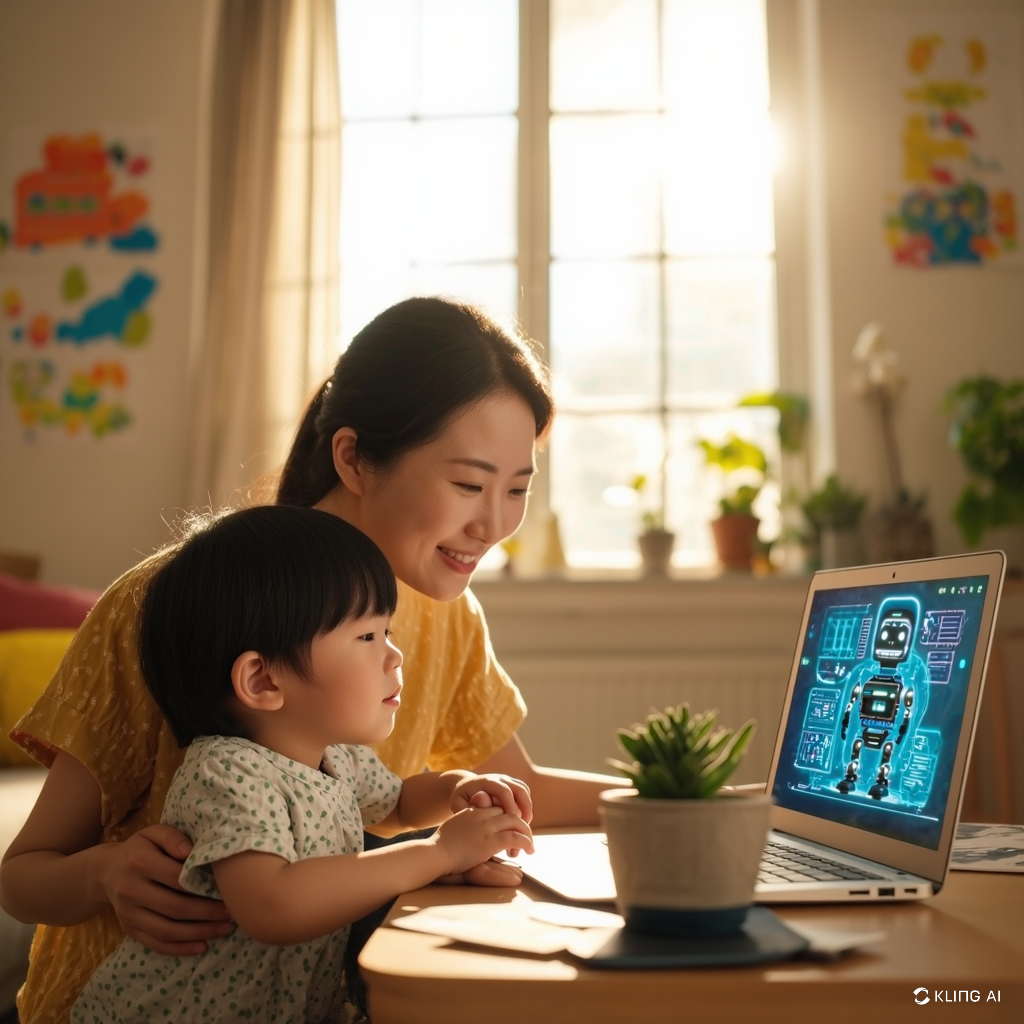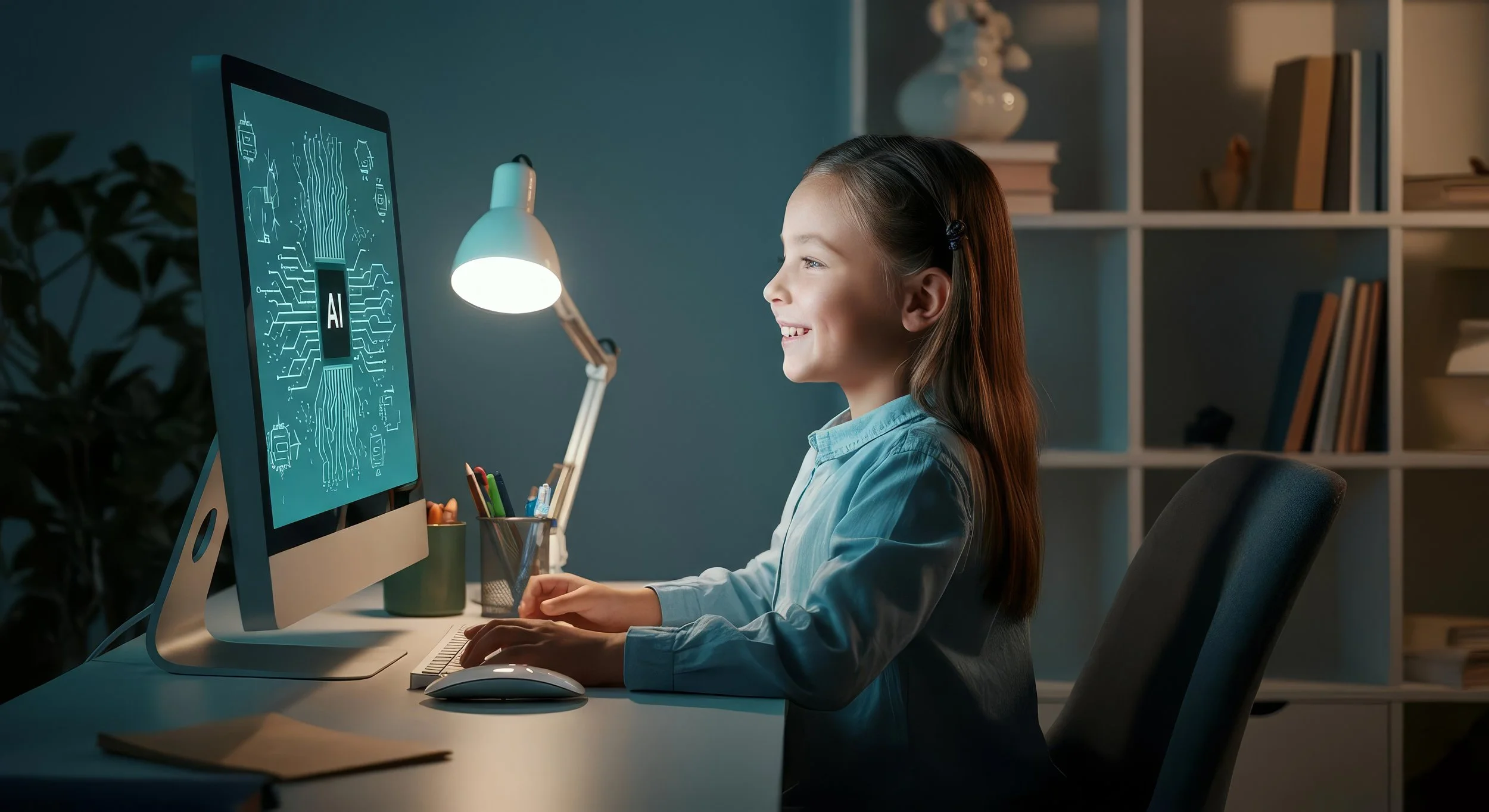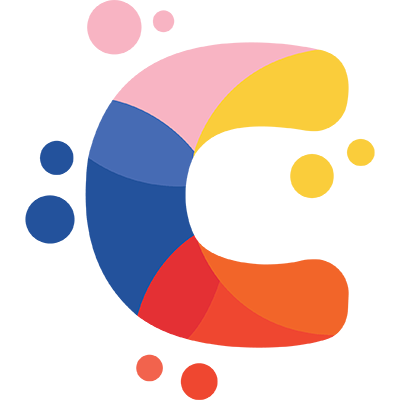Empowering kids 5-10 to think critically about AI—through play, curiosity, and creativity
Kids who misuse AI today could face serious risks tomorrow.
From sharing personal information to falling for fake content, the dangers are real.
Protect their future by helping them understand AI the right way.
Why Centaurkids?
-
Centaurkids teaches children how to work with AI, not just use it. Like the mythical centaur that combines human and horse, we show kids how to pair their creativity with AI's power.
Instead of just pushing buttons on technology, your child will learn to guide it with purpose.
This teamwork approach prepares them for a future where success comes from knowing how to collaborate with smart machines.
-
Centaurkids is transforming how children learn about AI by replacing accidental learning with a clear, structured plan.
Kids are already encountering AI through YouTube, TikTok, and friends, but they’re building their understanding based on random, unfiltered experiences.
Centaurkids changes that by teaching kids not just how to use AI, but how to think about it—what it’s good for, when to trust it, and when to question it.
Through fun, hands-on projects designed for how kids learn—play, questions, and experimentation—Centaurkids helps children become creators, not just consumers.
They’ll develop critical thinking skills that no computer can replace while learning to use AI as a helpful partner.
This early foundation gives them a head start in navigating a world where AI is everywhere, preparing them to thrive in a rapidly changing future.
-
Future-Ready Skills: Develops abilities that will be in high demand across all industries as AI integration becomes standard
Creative Confidence: Empowers children to see AI as a tool they control, not technology that controls them
Critical Thinking Enhancement: Strengthens problem-solving abilities by teaching when to use AI and when to rely on human judgment
Early Technological Fluency: Creates natural comfort with advanced tools that becomes increasingly difficult to develop later in life
Ethical Understanding: Builds awareness of responsible AI use from an early age, creating mindful digital citizens
Personalized Learning Pace: Adapts to each child's abilities, ensuring appropriate challenges without frustration
Practical Application: Teaches real-world uses of AI rather than abstract concepts, making learning immediately relevant
Collaborative Skills: Develops the ability to effectively communicate needs and goals to AI systems—a crucial future workplace skill
Creativity Amplification: Shows children how to enhance their natural creativity with AI assistance rather than replacing it
Continuous Relevance: Regular curriculum updates ensure skills remain current with rapidly evolving technology
Featured Tech
Centaurkids
Highlights
Interactive AI Lessons
Age-appropriate modules teaching AI concepts through games and stories.
KidGPT Playground
A safe environment where children experiment with AI tools designed specifically for young learners.
Latest Toolkit Updates
Curriculum constantly refreshed to keep pace with AI advancements.
Parent-Child Workshops
Guided sessions for families to learn and explore AI together.
Digital Citizenship Training
Lessons on responsible, ethical AI use.
Community Challenges
Opportunities for kids to solve real-world problems using AI collaboration.
Imagine
Centaurkids
In classrooms across the world, a revolution is taking place. Inspired by Kasparov's chess centaurs, Centaurkids is teaching children not to fear AI, but to partner with it.
Ten-year-old Maya doesn't just use AI—she collaborates with it.
While her AI companion excels at retrieving facts about rainforests, Maya provides the critical questions and creative connections that transform information into understanding.
Together, they create presentations neither could produce alone.
"We don't teach kids to compete against technology," explains Centaurkids founder, Joannes. "We teach them to dance with it."
The curriculum mirrors Kasparov's insight: humans bring creativity, ethical judgment, and contextual understanding; AI contributes calculation, memory, and pattern recognition.
Students learn when to lead and when to follow in this partnership.
In coding class, Jamal doesn't just write programs—he explains his goals to an AI that suggests code structures while he focuses on purpose and design.
In art, Sofia sketches concepts that AI helps visualize, then she refines with her unique aesthetic sense.
These children aren't becoming dependent—they're becoming centaurs, standing confidently at the intersection of human intuition and technological capability, preparing for a future where the most valuable skill is knowing how to combine human and artificial intelligence into something greater than either alone.
